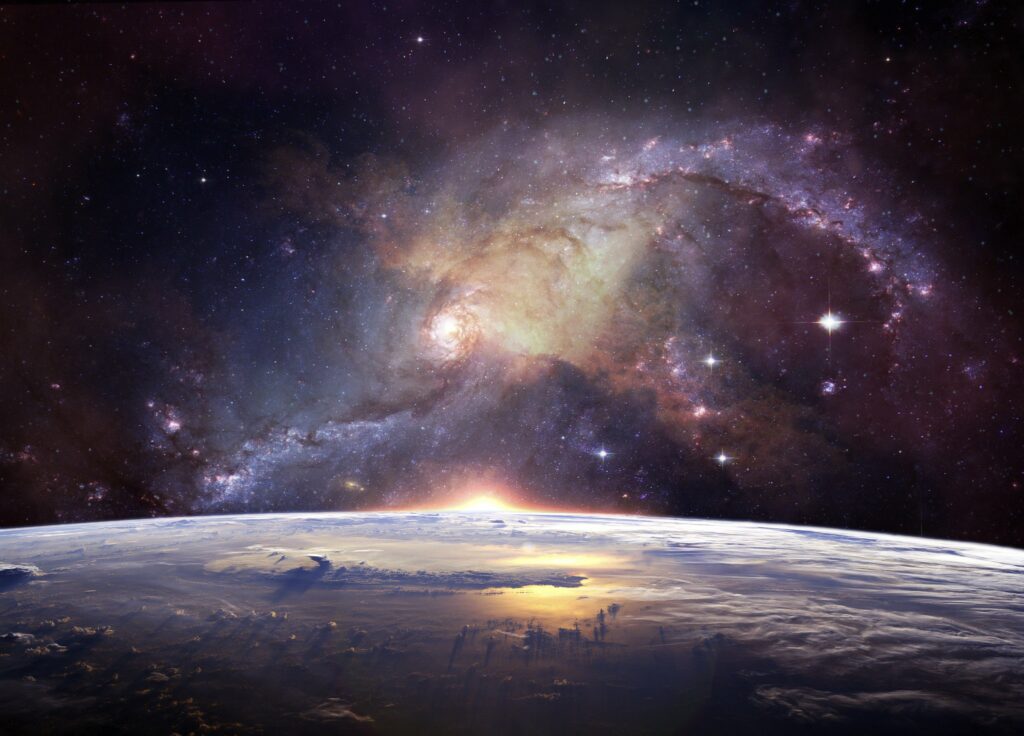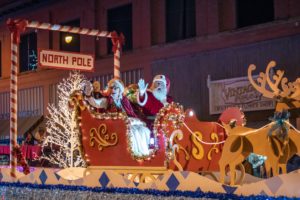As the sun begins to set earlier in the evenings, thanks to the tilting of the Earth and an extra push from Daylight Savings Time ending, it’s a great time to observe the night sky. The coming weeks will have multiple opportunities to see planets, meteors and the Cold Moon lunar eclipse. These events are visible by the naked eye, and are best viewed in a dark location with preferably no light pollution. One should let their eyes adjust to the dark for up to twenty minutes before searching for celestial objects, and should never look directly at the bright moon or sun.
Five planets are visible this time of year, appearing almost like stars in the night sky. Planets, however, are closer to Earth and therefore are bigger and brighter than stars. Planets tend to look more circle and disc-shaped than the pinprick dots of stars, as well. Different planetary bodies are visible at different times of night, and the first to appear is Venus. Just after sunset, Venus debuts in the southern sky. Earth’s sister planet is a small, silvery disc, and splits her time between being an “evening star” and “morning star”. Venus spends about nine months appearing in the sky at dusk, and then spends the next nine or so appearing at dawn. After Venus, when it’s fully dark, Saturn and Jupiter are visible also to the south. Saturn can be seen about a fist-width above horizon and is a pale-yellow. Jupiter is the second brightest object in the night sky after Venus, not including the moon, and is a glowing white. Finally, just after sunrise, Mars and Mercury can be spotted to the west. Mars glows red and Mercury is a twinkling yellow light. Mars and Mercury are visible for about an hour after the sun rises.
The Cold Moon eclipse on the night of November 18th, 2021, is the longest occurring lunar eclipse for about 1,000 years. Though it is technically a partial eclipse and not a total one, 97% of the moon will be in Earth’s shadow. A lunar eclipse occurs when Earth passes between the Moon and the Sun, with partial eclipses occurring two to three times a year. The Cold Moon Eclipse will be the second eclipse this year after the lunar eclipse in May. An eclipse only happens when all three entities align and the moon is full. Total lunar eclipses only happen every two to three years, but this Cold Moon eclipse is very close. The sun will set about 5:15 pm on November 18th, and the partial eclipse begins at 1:19am. The eclipse will peak and the moon will be almost completely shadowed at 3am. The eclipse ends at 4:50 am.
The Ursid Meteor shower begins on December 17th and will run to Christmas Eve. The peak date for the shower is on the 23rd of December to the north. The ursid meteors are predicted to appear at a rate of up to ten meteors an hour. Meteors are tiny dust-sized rocks that burn upon entering Earth’s atmosphere. Most meteors like the Ursids are white, but different chemicals of meteors produce different colors in the flashes of light, such as magnesium giving green light. The Ursid Meteor shower occurs annually in December, typically peaking between the 20th and 22nd. They are called the ursid meteors because they seem to originate from the Ursa Minor, or Little Bear, constellation in the northern sky. The meteors are best seen just before dawn, but a bright nearly-full moon this year might hinder their visibility.
December 21st brings the winter solstice, the longest night of the year. Traditionally, the winter solstice was celebrated through festivals of fire, light, and life. The celebrations included yule logs, wreaths and feasts. The winter solstice happens every year between December 20th and 23rd. It’s the day of the year with the least amount of sunlight, and thus the longest night of the year. The sun takes the shortest path through the sky during the day, peeking above the horizon, only lighting the sky between 7:31 am and 5:13 pm. The sun rises again at 7:32 the following morning on the 22nd.










